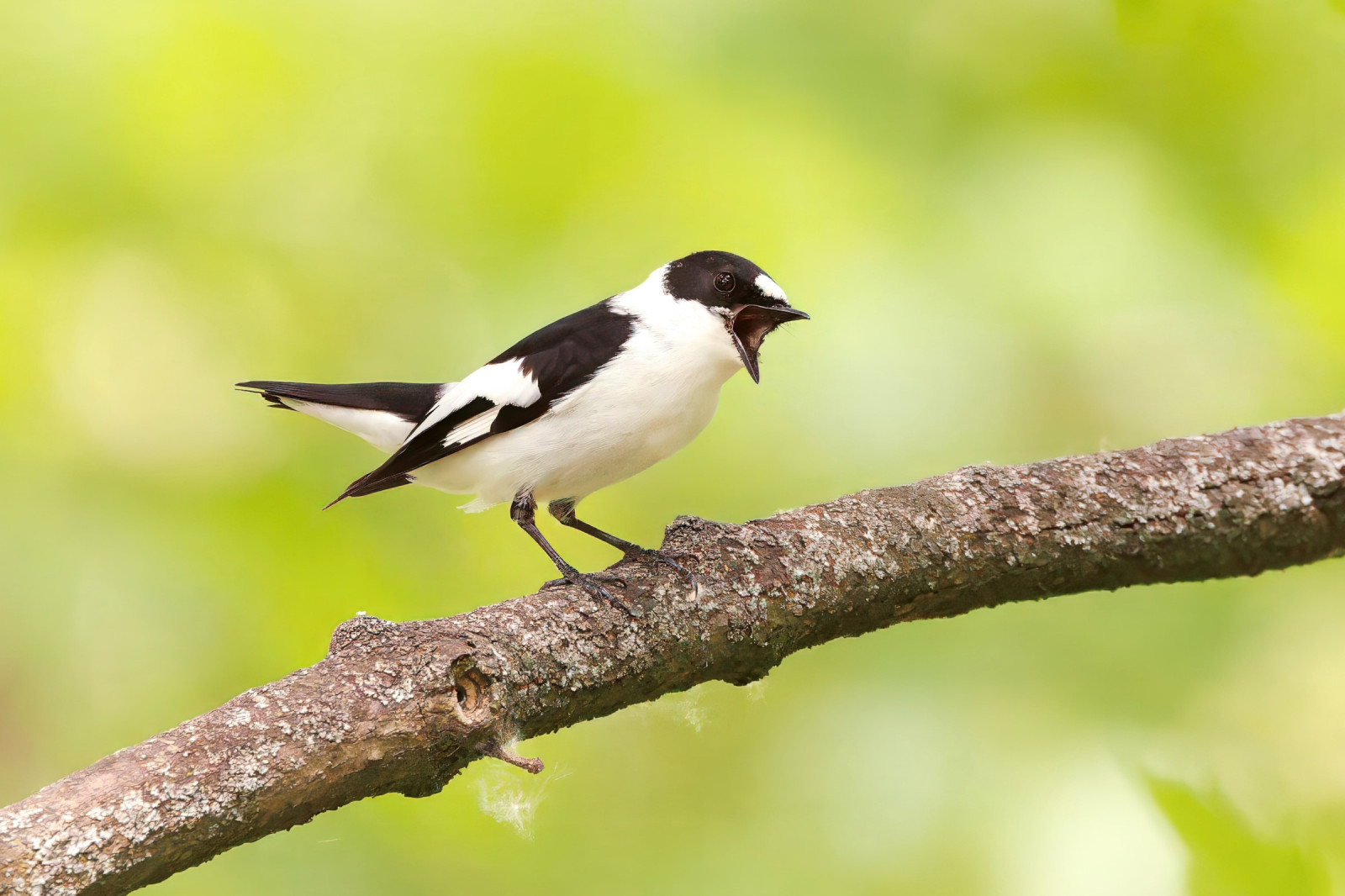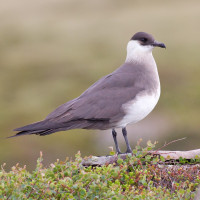Descripción
No less than 244 bird species have been recorded on the islands of Stockskär and Häradskär. In March the migration of Éider común starts. Thousands of of them can bee seen migrating past the island if the weather is okay. At the same time the first Chorlitejo Grande, Tarro Blanco, Ostrero Euroasiático and Bisbita Costero can be seen in smaller numbers. You can also see smaller amounts of migrating marine ducks and loons, but only in small numbers. At this time the first auks also arrive.
In April the spring birds continue to arrive. The migration of marine ducks continues, and sometimes hundreds of Porrón Bastardo might be seen migrating. Sometimes a couple of Somormujo Lavanco, Zampullín Cuellirrojo and Somormujo Cuellirrojo can be seen resting or passing. The first terns also arrive in april.
In May large number passerine birds arrive. Hundreds of warblers can bee seen resting on the island on their way north. Some birds who are numerous during this season are Colirrojo Real (as many as 50 have been seen in a day), Curruca Zarcerilla (as many as 750 have been seen in a day), Curruca Zarcera (as many as 50 have been seen in a day), Mosquitero Musical (up to 500 have been seen in a day), Curruca Capirotada (as many as 150 have been seen in a day), Mosquitero Musical (as many as 500 have been seen in a day), Mosquitero Común (as many as 40 have been seen in a day), Mosquitero Silbador (as many as 75 have been seen in a day). Most passerine birds are seen around the 10th of May. Along with theese birds you can find many rare ones like Ruiseñor Pechiazul (relativley common) Papamoscas Acollarado (possible if the conditions are right), Papamoscas Papirrojo (seen almost every year) Colirrojo Tizón (seen every year), Búho Campestre (seen almost every year) Mirlo Capiblanco (seen some years), Piquituerto Aliblanco (some years) Escribano Pigmeo (seen only some years). In May large amounts terns also pass the islands, sometimes in the hundreds.
After May has passed it is not until September that the islands start to become rich in birds. The migration starts with passing Somormujo Cuellirrojo. A few passerine birds also rest on the island on their way south. Like Buscarla Pintoja (rare). It is in the middle of September that the waterfowl starts to migrate south which continues all the way into September. Starting with marine ducks and dabbling ducks. Most common are the Negrón común (as many as 4400 have been seen migrating in a day), Negrón especulado (as many as 3400 have been seen migrating in a day), Serreta Mediana (as many as 770 have been seen migrating in a day), Silbón Europeo (as many as 3600 have been seen migrating in a day) who can be seen in the thousands migrating. Later in the season Barnacla Carinegra starts to migrate south often in the thousands.
In October/late September the large amounts of passerine birds return, this time with hundreds of Reyezuelo Sencillo (at most 600), Petirrojo Europeo (at most 300), Chochín Común (at most 400), Agateador Euroasiático (at most 120), Pardillo Norteño (at most 800), Zorzal Común (at most 500). In autumn ringing is carried out at Häradsskär. Along with these birds it is not rare to find a rare warbler or pipit like Mosquitero Bilistado (almost every year), Mosquitero Común (the siberan subspecies tristis is regular at the island), Mosquitero de Pallas (in total 10 of this vagrant have been seen on the island). The islands are quite attractive to many birds and the place has a quite long list of vagrants. This island also has the only 2 records of Buscarla de Pallas in Sweden. In no other place has this bird been seen, but here its been seen twice.
Detalles
Accesso
The boats to Häradskär start from Fyrudden harbour. Getting to Häradskär with a ferry costs from 400 SEK per person (evening trip to Häradskär with Skärgårdskompaniet, see the link below for more info). Taxi boats are more expensive, but you can choose when you want to go.
Terreno y habitat
Bosque , Árboles y arbustos dispersos , MarCondiciones
MontañosoCamino circular
No¿Se necesita telescopio?
Puede ser útilBuena época para el avistamiento de aves
Primavera , VeranoMejor momento para visitar
Migración de otoño , Otoño , Migración de primavera , PrimaveraRuta
Camino anchoCamino difícil de andar
Caminata mediaAccesible vía
BarcoEscondite de observación / plataforma
NoInformación extra
The ringing of birds is carried out in autumn.



